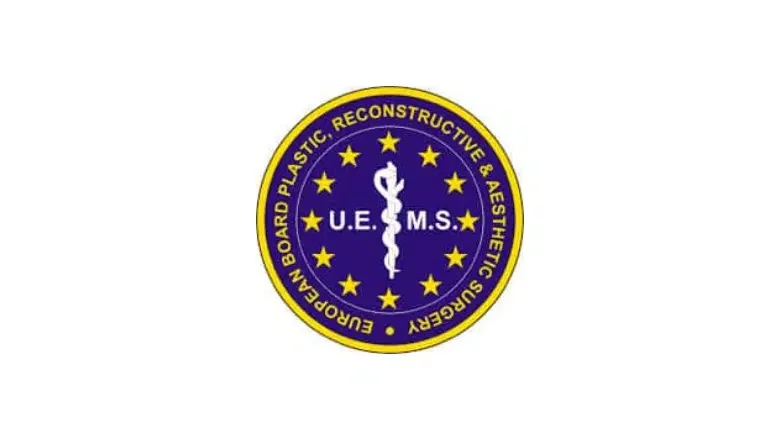Gluteal fat grafting (GFG), more commonly known as a Brazilian butt lift or BBL, has recently been studied by the British Association of Aesthetic Plastic Surgeons. After conducting a four-year analysis of outcomes data and a detailed assessment of new technologies, BAAPS has produced newly published UK guidelines on superficial gluteal lipofilling (SGL).
Click here to read the new 2022 BAAPS GFG Guidelines
BAAPS had previously advised its members against performing a Brazilian butt lift, also known as a BBL. This was due to suggesting there was a higher death rate associated with the procedure compared with other types of fat transfer surgery. Brazilian butt lift in the UK has become an increasingly requested procedure with 20% growth in Patient numbers annually. The traditional method of buttock augmentation involved buttock implants. The rate of complications after buttock implant surgery has often been viewed as acceptably high, with higher rates of implant-related complications, including infection. In 2020 alone, there were reported to be over 40,000 buttock augmentation procedures, including both buttock implants and fat transfer to the buttocks.
Reports surfaced in 2015 detailing serious complications associated with BBL surgery, including fat emboli and inadvertent fat injection into the deep pelvic veins. BAAPS, therefore, advised its members not to perform gluteal fat grafting.
RELATED: Is the Brazilian Butt Lift Safe?
Brazilian Butt Lift Overview
BBL surgery is a specialist body contouring procedure that is designed to enhance the fullness and shape of the buttocks with the removal of fat from other areas of the body using liposuction. Common liposuction areas include the abdomen, flanks and thighs. The fat that has been removed will then be processed to remove impurities before being injected into the buttocks. The procedure produces a more defined and fuller shape of the buttocks. As with any surgical procedure, BBL surgery involves certain risks that must be understood before deciding to undergo the procedure.
RELATED: What are the different types of Brazilian Butt Lift or BBL?
What do the new BBL guidelines recommend?
The driving force behind the new guidelines and procedure protocols has been encouraged by new BBL techniques and technologies that have been developed and refined since 2018. The new BAAPS recommendations regard the procedure as safe provided to important surgical steps followed, including:
- Fat must only be injected into the subcutaneous plane above the muscle. A significant body of scientific evidence supports safe outcomes when fat is injected above the muscle. The higher rate of patient mortality previously reported has been directly linked with fat injected into the deeper muscle layer.
- Continuous high-resolution ultrasound scanning must be used to guide the accurate placement of fat in the buttocks. Ultrasound ensures the tip of the cannula remains in the correct tissue plane within the fat layer and not in the muscle. Ultrasound-guided BBL is the safest technique for performing superficial gluteal lipofilling.
RELATED: ‘Brazilian Butt Lift can be made safer say surgeons’ – BBC
Here at Centre for Surgery, we fully embrace the new BAAPS guidelines and have been using these techniques since 2019, which makes us one of the most experienced centres for superficial gluteal lipofilling in the UK, with over 500 procedures carried out with no serious complications over the last three years. All serious complications associated with BBL surgery have involved fat injection into the muscle layer. Our surgeons take precautions to avoid the deeper injection of fat into the muscle layer and use the ultrasound-guided BBL technique to ensure that fat is injected into the subcutaneous layer of the buttocks. Ultrasound guidance is the only way to ensure the procedure is carried out as safely as possible.
RELATED: Can a BBL and tummy tuck be combined using the same procedure?
Unfortunately, growing numbers of patients based in the UK continue to choose surgeons who are not listed on the GMC specialist register or choose to have the procedure abroad, including Turkey. The standards of medical regulation in Turkey and Eastern Europe do not match the highly rigorous healthcare regulatory standards in the UK. There could be a higher risk of serious complications, including severe sepsis, deep vein thrombosis, pulmonary embolism, and potentially fatal fat embolism when patients have a BBL abroad.
RELATED: New BAAPS Brazilian Butt Lift (BBL) Guidelines
Why choose Centre for Surgery for BBL?
Centre for Surgery is regulated by the Care Quality Commission (CQC) in the UK, and our state-of-the-art Baker Street clinic is located in Marylebone in the heart of central London. We have achieved a ‘good’ rating at our Baker Street clinic. Our standards of postoperative aftercare have been described as ‘outstanding’ by the CQC. All our surgeons who perform gluteal fat grafting, also known as superficial gluteal lipofilling, are listed on the GMC specialist register for plastic surgery and have many years of experience in performing fat transfer to the buttocks in London.
RELATED: Brazilian Butt Lift (BBL) before and after photos
Please call us today at 0207 993 4849 or fill out the contact form below to schedule an in-person consultation with a specialist BBL Surgeon.










